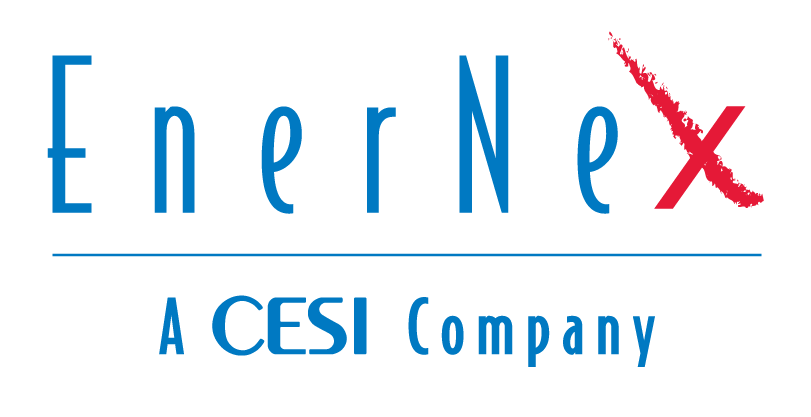July 08, 2021
RESEARCH TRIANGLE PARK, N.C. — RTI International, a nonprofit research and international development institute, along with a consortium of partners, is partnering with the United States Agency for International Development (USAID) on a project that aims to enhance energy security and reliability of the Philippines’s unified power system.
Funded through the U.S. Government’s Asia Enhancing Development and Growth through Energy (EDGE) initiative, USAID’s Energy Secure Philippines (USAID ESP) Activity is a five-year project that will assist the government of the Philippines in promoting a more competitive power sector through investment mobilization, deployment of modern energy technology, and support in policy reforms and implementation by:
Helping electric utility companies to improve performance
Increasing the use of advanced energy sources and systems
Fostering competition in the market, and improving the overall energy procurement process
With this integrated approach, RTI will support the Government of the Philippines to increase energy sector stakeholder resilience through increased readiness and efficiency.
“We are proud to support the Government of the Philippines in partnering with key stakeholders and international partners to not only ensure energy security and expand energy access, but also to promote a low-carbon future,” said Nicole Barnes, Senior Vice President for Sustainable Growth and Resilience at RTI.
USAID’s Energy Secure Philippines activity will also enhance energy security and reliability by using advanced technology to counter cyber threats and by increasing competition through the full operationalization of the retail market.
RTI leads the locally-led implementing consortium with Philippines partners including Wisenergy Inc., Philippine League of Local Environment and Natural Resources Officers, Inc., Full Advantage Philippines, Inc., Penwood Corporation, and targeted support from U.S. partners CESI/EnerNex, and ViT Tall LLC. This consortium provides deep experience in energy security development, including experience supporting national and local governments as well as utility and private sector partners to improve performance and increase resilience.
Learn more about RTI’s work in energy for development.
View USAID’s press release about the project by clicking here.

